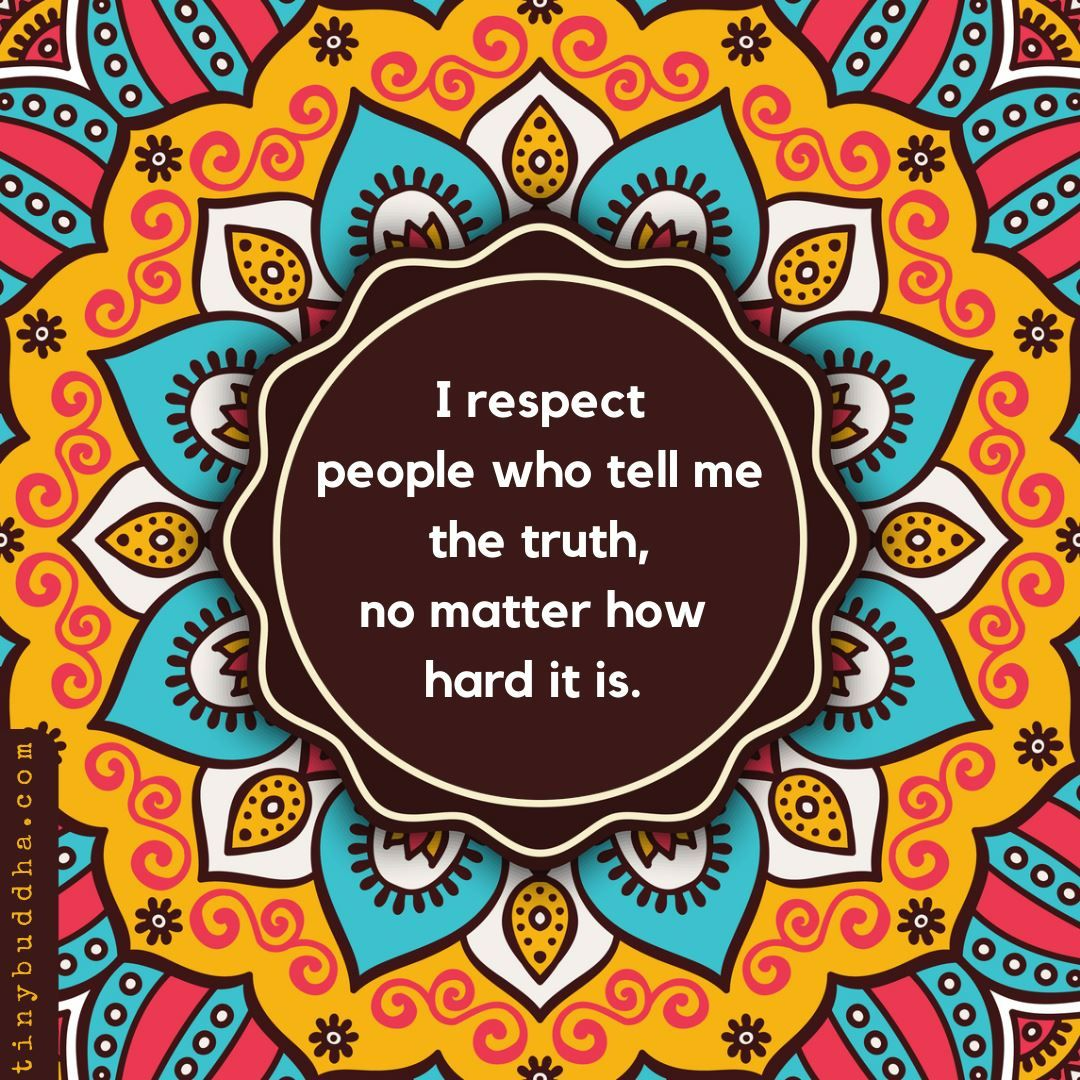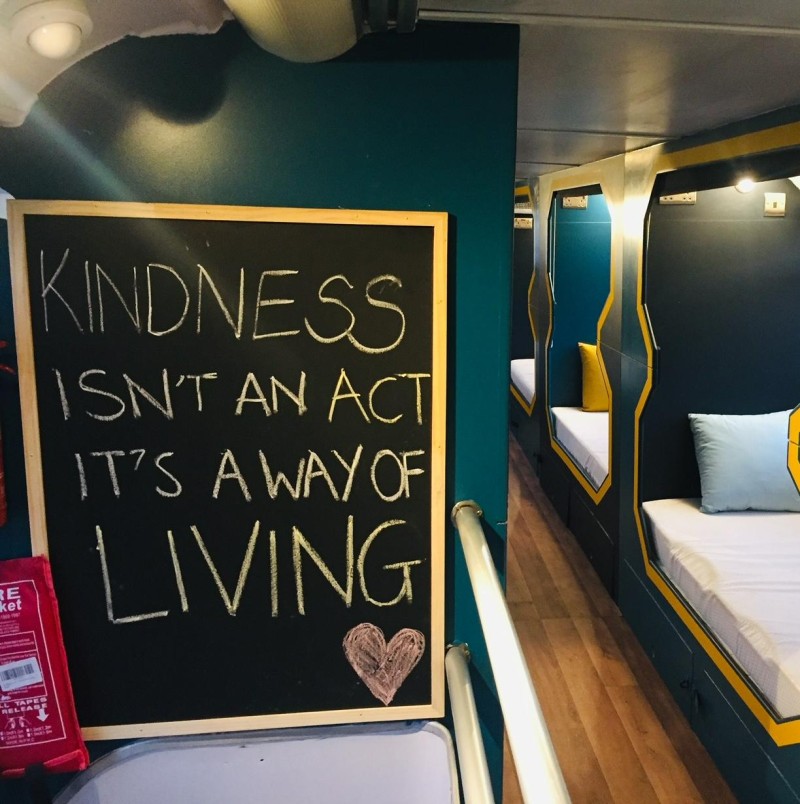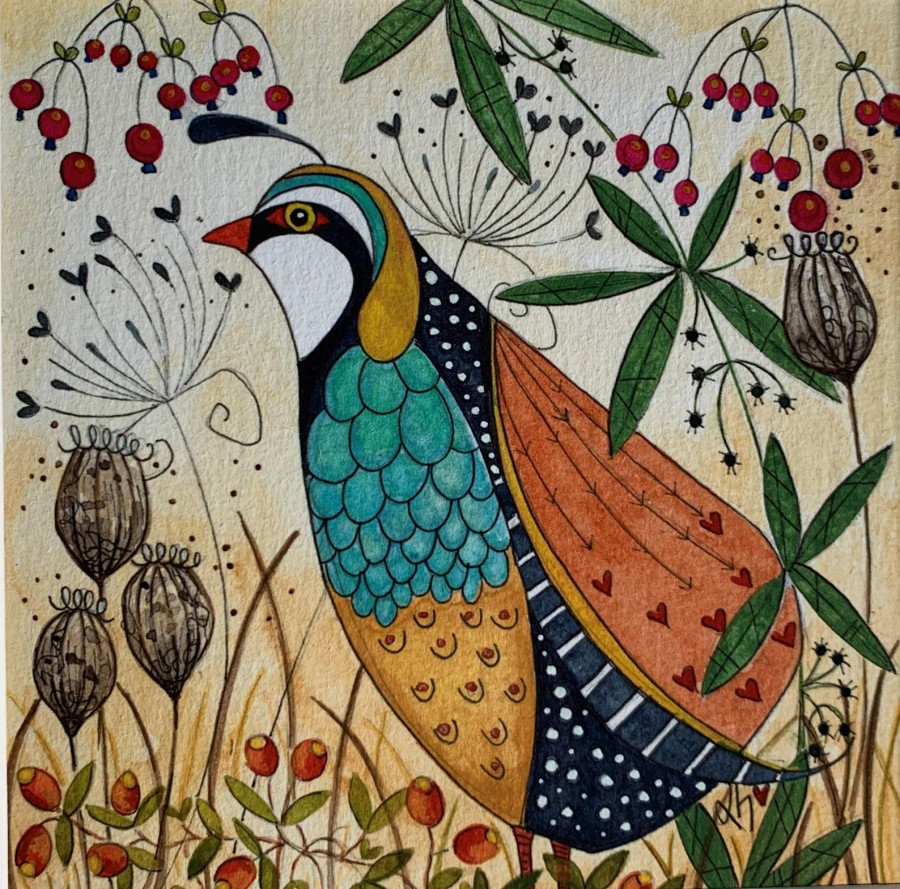
You’ve likely heard of the Suffragette movement and the story of the woman who threw herself in the path of a horse (thankfully the poor horse survived). But what else do you know of the story of how women got the vote? And more importantly, what’s the state of the nation today regards women in politics? There is some progress, but also some real issues. Let’s dig in and get political!
It seems unreal that it was only in 1918 that the House of Lords (unelected) gave ‘approval’ for women over 30 to be able to vote. It was not until 1928 that women over 21 could vote in elections. Yet the suffrogette movement began back in 1872, so the law took a long time to come into being.
Although most suffragettes were peaceful, it has to be said that some were not. Some used vandalism and assault, which likely did not help things. Emily Davison (the woman who for whatever reason ventured over to the king’s racehorse and died 4 days later) had been imprisoned twice (once for hurling rocks at the Chancellor of the Exchequer’s car). Her cause was obviously just but (but like throwing toxic paint on statues and throwing them into rivers), horses and dolphins are not anti-women or racist, and don’t deserve to suffer.
Today women MPs (and many men) don’t feel safe, with many stepping down from parliament due to threats and of course Jo Cox MP was murdered by an extremist a few years ago. There are still huge issues with domestic violence and unsafe cities and towns, despite so many innovative ideas around.
what happens with more women MPs?
Of course, we all know that the ‘fairer sex’ often is less likely to instigate wars (think Putin, Trump etc). And it’s true that more peaceful Scandinavian nations all tend to have fairly young female leaders. But of course the smart alecs always bring up Margaret Thatcher, who appeared to be made of lead, and many have not forgiven her for the way she treated the poor, desperate and miners.
Former MP Matthew Parris was not so sure she was as tough as she made out. Once getting caught in a lift with her, he found her up-close and said she had the eyes of an exhausted woman. Perhaps her legacy of not looking after the most vulnerable in society began to haunt her, even before her death.
Outgoing Green MP Caroline Lucas famously campaigned to get page-3 girls off the newspapers, joining the ‘news, not boobs’ campaign! She wore a slogan t-shirt in the House of Commons and was told unless she changed, she would be thrown out. She said it was quite funny that she was getting thrown out for wearing clothes, for trying to protect vulnerable girls who were asked to take their clothes off to let men ogle them!
get involved in women-friendly politics!
Register to vote (ask to opt out of the open register, so your name is not sold on. And write to your MP on issues that affect you: they work for you!
One way we could get more women (and Green and independent MPs) in parliament is to change to a fairer voting system, but that’s not likely to happen, as the two main parties want to retain the status quo. This means many of us have to use tactical voting to avoid a ‘wasted vote’.
Electoral Reform Society has a good overview of all the alternative voting systems worldwide. It likes the Single Transferable Vote (used in Ireland, which has many independent MPs). The argument given for first-past-the-post is that it maintains strong constituency links (a bit of a nonsense considering many MPs are ‘flown in’ to fight seats and neither live nor spend much time in towns where elected). Unlike most PR systems, STV maintains strong constituency links, which is also good (especially of late) to reduce the risk of extremist MPs being elected.
It also states that the present voting system means present MPs hold onto ‘one safe seat’ often for decades, and that’s why it’s more difficult to get more women MPs elected. Very few seats change hands at each general election although the upcoming 2024 election may change all that.






